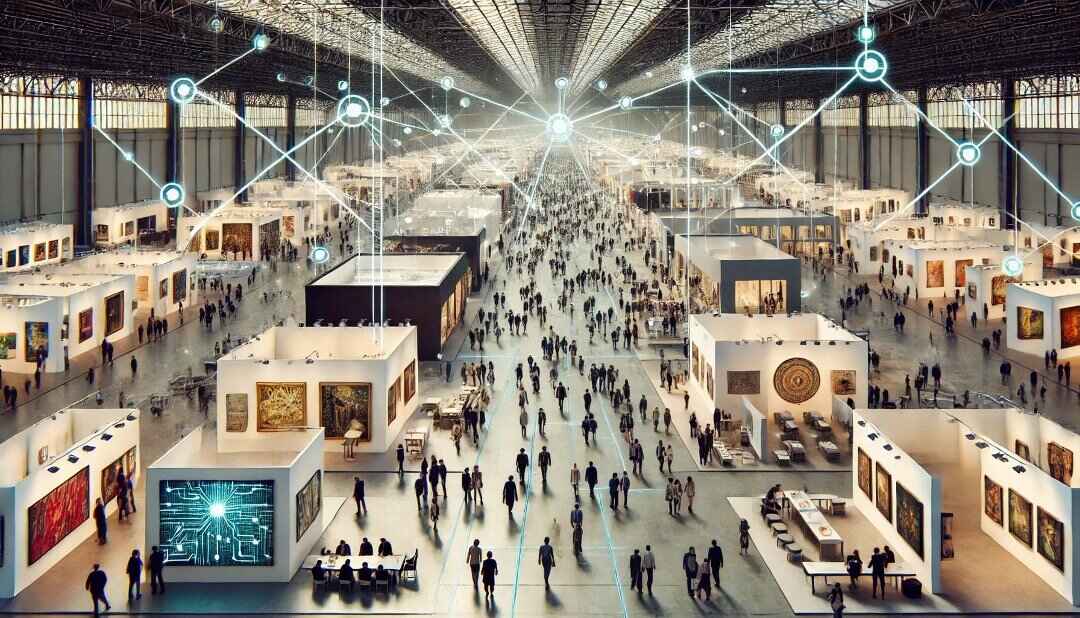
Brush Strokes to Bytes: Anthropological Praxis in Business
The warm December sun had only recently risen over Miami Beach when I found myself in the bustling halls of Art Basel Miami 2021, one of the world’s most prestigious international art fairs. As an anthropologist and tech entrepreneur, I wasn’t there just to admire the art—though there was plenty to admire. I was there to observe and make sense of the intricate dance between artists, gallerists, and collectors in this temporary, high-stakes marketplace. Art fairs like Art Basel Miami are annual events where galleries from around the world converge to showcase and sell their artists’ work. For a few days, the fair becomes the epicenter of the global art market, with thousands of works on display and millions of dollars changing hands. Collectors, curators, consultants, and art enthusiasts flock to these events, creating a frenzy of activity as deals are struck and reputations are made. As I walked through the crowded aisles, the stark contrasts were impossible to ignore. The fair’s layout itself told a story of hierarchy and influence in the art world. Established galleries like Gagosian commanded prime locations near the entrance, their spacious booths bustling with activity. These high-end galleries had paid premium rates for their coveted spots, and it showed in their positioning and the attention they received. Their displays exuded an air of exclusivity, with artwork unlabeled—a silent statement that if you didn’t already know the piece, perhaps you didn’t belong. (read more...)

